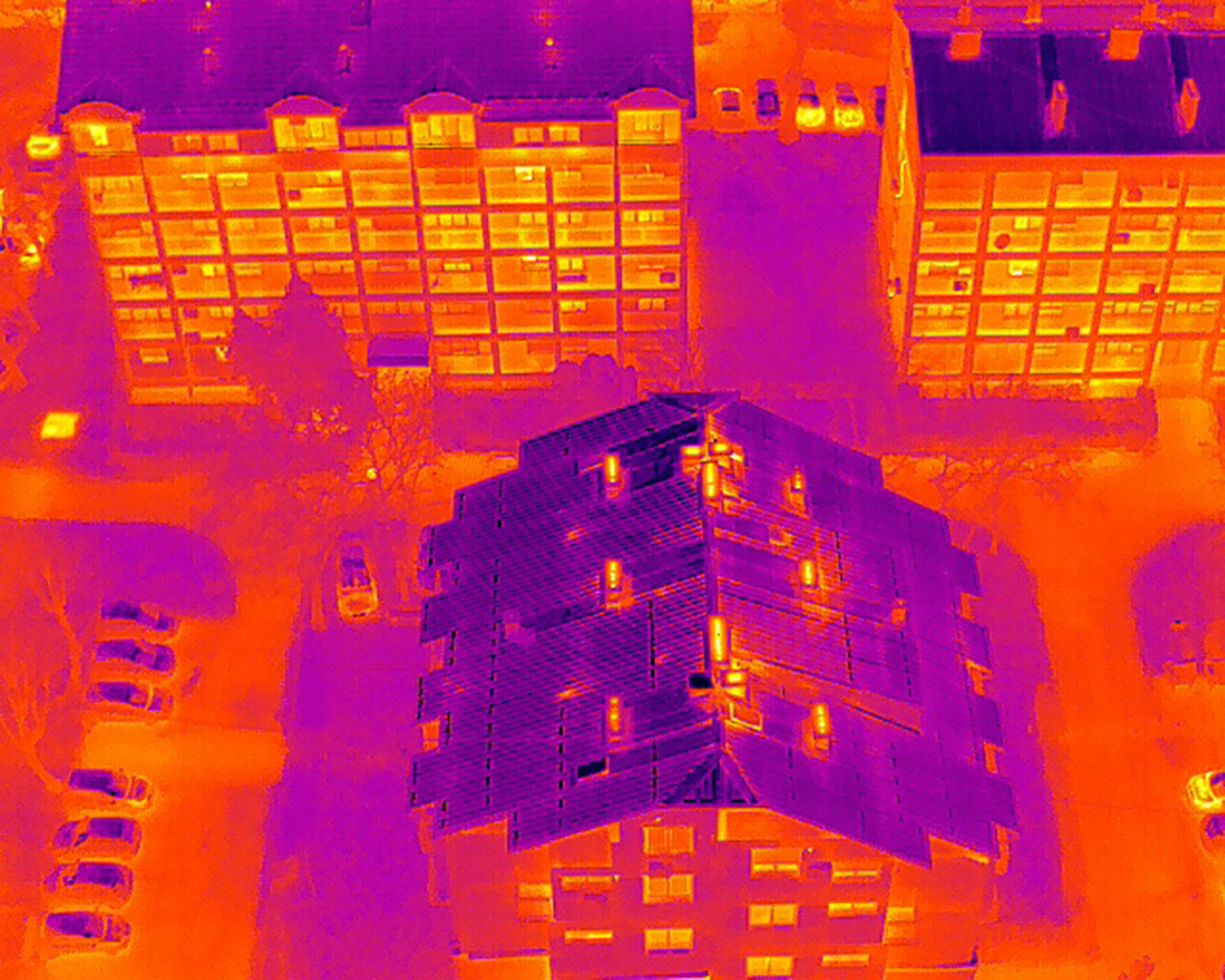Drone Thermography in Queensland: Local Insights and Best Practices
Drone thermography is revolutionizing industries across Queensland by offering a cutting-edge way to conduct inspections and gather data. Leveraging advanced thermal imaging technology, drones can quickly and efficiently identify issues that might be invisible to the naked eye. This method is particularly valuable in sectors such as agriculture, construction, and energy.

The Benefits of Drone Thermography
One of the primary advantages of drone thermography is its ability to cover large areas quickly. Compared to traditional methods, drones can significantly reduce the time and labor required for inspections. Additionally, they provide a safer alternative by eliminating the need for workers to climb structures or navigate hazardous environments.
Drones equipped with thermal cameras can detect temperature variations, helping identify problems like heat loss, moisture intrusion, or electrical faults. This capability makes them an invaluable tool for proactive maintenance and early problem detection.
Applications in Queensland
In Queensland, drone thermography is being utilized in diverse applications. In agriculture, farmers use drones to monitor crop health, identify pest infestations, and optimize irrigation systems. In the energy sector, drones inspect solar panels and wind turbines, ensuring they operate at peak efficiency.

Construction companies benefit from drone thermography by monitoring building sites and checking the integrity of structures. This technology also plays a crucial role in emergency services, aiding in search and rescue operations by locating heat signatures of missing persons.
Best Practices for Drone Thermography
To maximize the effectiveness of drone thermography, it is essential to follow best practices. Proper planning and understanding of the environment are crucial. Operators should conduct inspections during optimal weather conditions to ensure accurate data collection.
It is also important to use drones equipped with high-quality thermal cameras and to regularly calibrate these devices. This ensures the accuracy and reliability of the data collected. Additionally, operators should possess the necessary certifications and training to handle the equipment safely and effectively.

Regulatory Considerations
Operating drones in Queensland requires adherence to specific regulations. The Civil Aviation Safety Authority (CASA) governs the use of drones, and operators must follow guidelines to ensure safety and compliance. This includes maintaining visual line of sight, respecting no-fly zones, and obtaining the necessary permissions for certain operations.
Keeping up-to-date with the latest regulatory changes and technological advancements is crucial for businesses leveraging drone thermography. This not only ensures compliance but also enhances the efficiency and effectiveness of their operations.
Future Prospects
The future of drone thermography in Queensland looks promising. As technology advances, drones will become even more sophisticated, offering higher resolution imaging and more precise data analysis. This will open new possibilities for industries to further optimize their operations and reduce costs.
Businesses that embrace drone thermography stand to gain a competitive edge, positioning themselves at the forefront of innovation. As the technology continues to evolve, it will undoubtedly become an integral part of various industries, driving growth and efficiency.